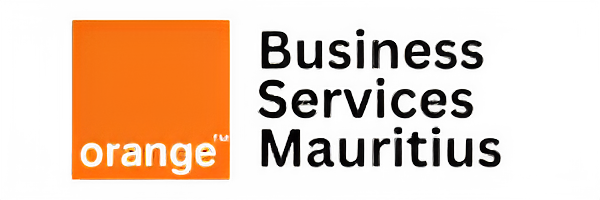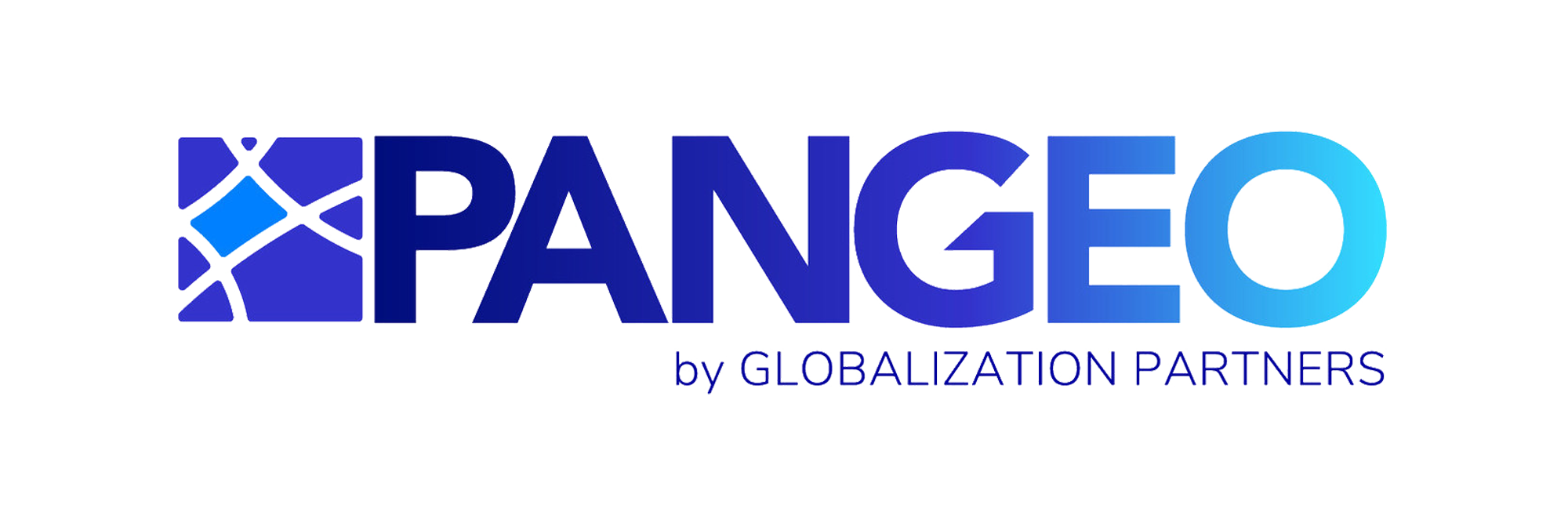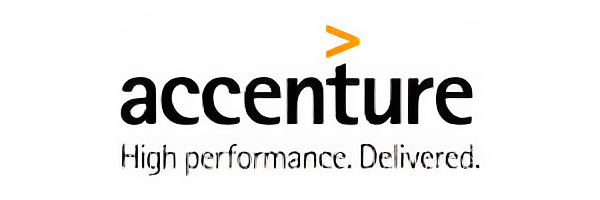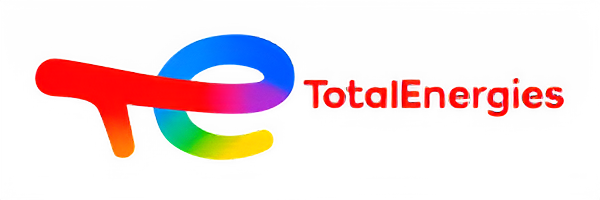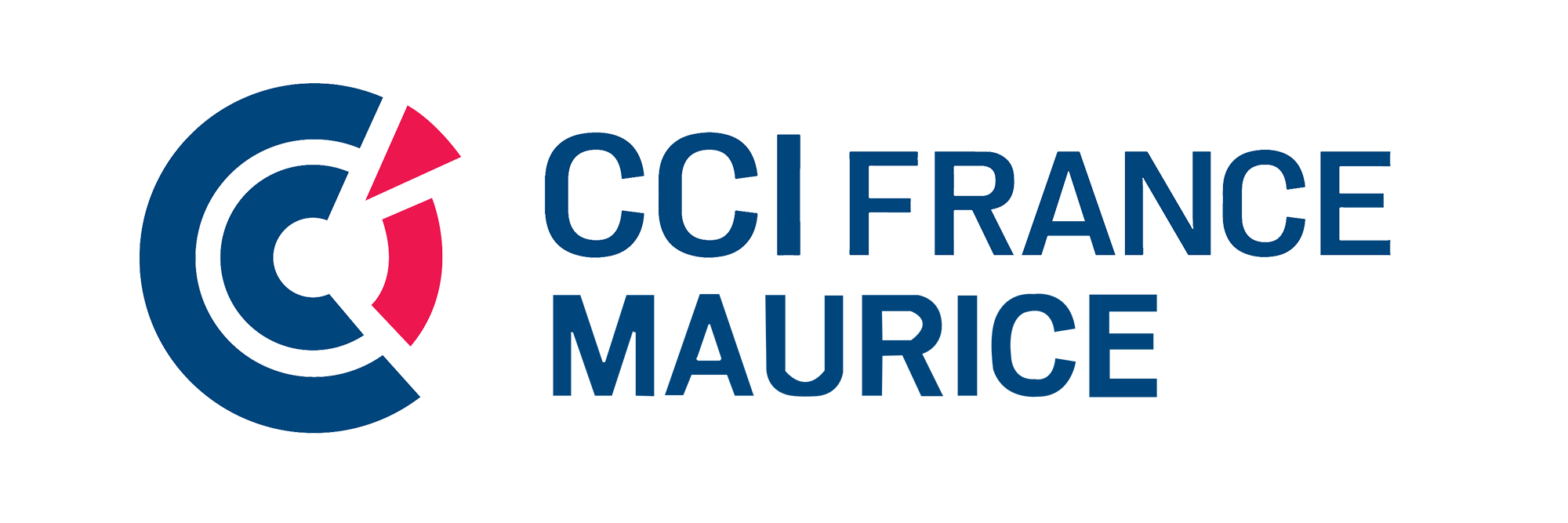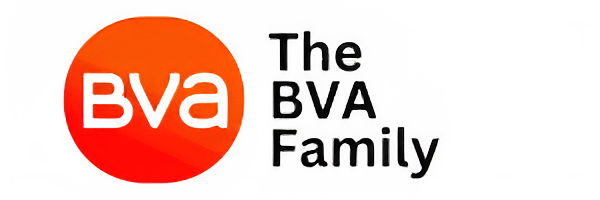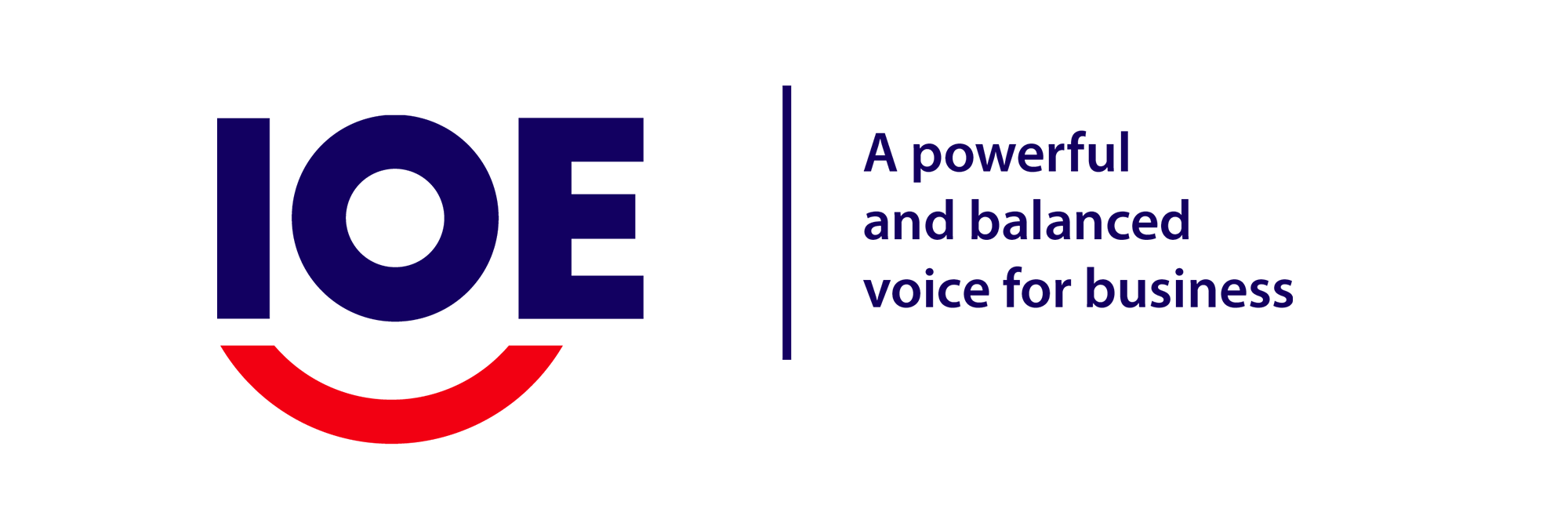Human Resource Management has never been more strategic, distributed, or digital. In 2025, businesses are no longer asking whether to adopt HR technology but how to scale it across borders, teams, and time zones. From recruitment automation to AI-driven performance feedback and learning platforms, HR tech is becoming the nervous system of the modern workforce.
For remote-friendly and globally distributed companies, like those supported by Breedj, HR technology isn’t just a back-office tool. It’s a core enabler of growth, compliance, and employee experience especially when managing talent across multiple countries.
In this article, we explore:
What HR technology means in 2025
How it’s used across the employee journey
Key benefits for globally-minded businesses
Practical steps and best practices for successful implementation
What Does HR Technology Mean in 2025?
HR technology (also called HR tech) refers to the digital tools and platforms that help manage the entire employee lifecycle from attracting talent to offboarding. In 2025, the category has expanded well beyond simple payroll or HRIS systems.
Modern HR tech includes:
AI-powered recruitment tools
Remote onboarding platforms
Cloud-based performance systems
Employee engagement and pulse survey apps
Learning experience platforms (LXPs)
People analytics dashboards
Virtual EOR platforms like Breedj, which handle global employment, payroll, and compliance
The goal? To help HR teams scale smarter, support distributed workforces, and automate low-value tasks so humans can focus on humans.
🧩 Why HR Tech Is Essential for Global & Remote Companies
The HR function is now expected to:
Manage multicultural and cross-border teams
Ensure compliance in multiple jurisdictions
Track performance remotely
Retain and reskill employees amid rapid tech change
Deliver a consistent and engaging employee experience
Technology is the only way to deliver all that at scale. For companies hiring across Africa, Europe, or LATAM, using platforms like Breedj ensures compliant hiring. But beyond that, the right tech stack ensures talent feels connected, supported, and seen wherever they are.
🎯 7 Major Benefits of HR Tech in 2025
Time and cost savings through automation
Improved decision-making with real-time data and analytics
Better employee experience, especially in onboarding and development
Streamlined compliance across borders
More efficient global hiring through EOR integrations
Increased employee engagement and retention
Scalable HR operations without increasing headcount
HR tech is no longer a luxury; it’s a competitive advantage.
How HR Tech Supports Every Stage of the Employee Lifecycle
Let’s break down how technology can be applied at each key HR touchpoint:
📥 1. Talent Acquisition & Recruitment
Tools like ATS (Applicant Tracking Systems) and AI-driven sourcing platforms help recruiters:
Filter high-potential candidates automatically
Schedule interviews across time zones
Avoid bias through anonymized screening
Assess skills using virtual testing platforms
Breedj-compatible tools also support localized job postings and contractor vs employee classification critical for global hiring.
✨ 2. Onboarding and First-Day Experience
Remote onboarding platforms now offer:
Digital contract signing
Task tracking and training checklists
Welcome videos, company culture hubs, and virtual intros
Integrated background checks, ID verification, and benefits enrollment
Great onboarding is the first step to long-term retention and tech makes it seamless, scalable, and personalized.
📈 3. Performance & OKRs
Forget outdated annual reviews. In 2025, top teams use:
Continuous feedback tools (like Lattice or 15Five)
Real-time dashboards for KPIs and OKRs
Automated check-ins and manager nudges
Peer recognition platforms for distributed teams
This builds accountability and alignment across geographies and departments.
💰 4. Compensation & Global Payroll
This is where Breedj’s global EOR platform comes in. Using modern HR tech, companies can:
Run compliant payroll in multiple countries
Automate tax deductions and social contributions
Track equity, bonuses, or remote perks
Compare salary benchmarks using market data platforms
Good pay tech helps you attract talent, stay compliant, and scale internationally without stress.
💬 5. Employee Engagement & Surveys
Want to know how your remote employees really feel? Use:
Pulse survey platforms
Anonymous feedback tools
Engagement analytics tied to business outcomes
Sentiment tracking powered by natural language AI
This helps HR teams course-correct before churn happens especially in high-growth or hybrid environments.
🎓 6. Learning and Skills Development
Lifelong learning is now an expectation. HR tech in this space includes:
Learning Management Systems (LMS)
Personalized Learning Experience Platforms (LXP)
AI-curated learning paths
Mobile-friendly microlearning tools
Peer coaching apps
Investing in tech-enabled learning boosts retention and internal mobility especially for Gen Z talent.
🧳 7. Offboarding & Alumni Management
Even exits can be smart. Tech tools enable:
Exit interviews via automated workflows
Knowledge transfer documentation
Alumni platforms for future rehires
Access to career transition resources
The offboarding experience shapes your employer brand and great tech ensures a positive last impression.
Practical Steps to Implement HR Technology in 2025
Adopting HR tech isn’t just about buying software. It’s a strategic transformation. Here’s how to do it right:
Assess your current HR pain points (manual processes, slow hiring, poor visibility, etc.)
Define your objectives (e.g., reduce time-to-hire, improve engagement, support remote onboarding)
Map the employee journey and identify where tech adds the most value
Research and select scalable tools that integrate with your existing stack
Involve key stakeholders early (HR, IT, Finance, Legal)
Train your teams properly and build adoption plans
Track ROI using data: time saved, engagement scores, turnover rates, etc.
🌐 Best Practices for Global Teams Using HR Technology
Use cloud-based tools with multi-language, multi-currency capabilities
Ensure data privacy compliance (GDPR, CCPA, etc.) in all regions
Favor platforms that support async work and time zone differences
Choose tech that adapts to local laws or use an EOR like Breedj for support
Monitor usage and feedback regularly, not just annually
Align tech with company values: transparency, inclusivity, autonomy
The best HR tech doesn’t just work it supports your people and your purpose.
The HR Tech Stack of a Modern, Remote-First Company
Here’s what a modern global HR stack might look like:
| HR Function | Recommended Tools |
|---|---|
| Global Hiring | Breedj (EOR & compliance) |
| Applicant Tracking | Workable, Lever, Greenhouse |
| Onboarding | BambooHR, Sapling, Deel |
| Payroll & Benefits | Gusto, Remote, Papaya Global |
| Performance | 15Five, Lattice, CultureAmp |
| Learning | 360Learning, Docebo, Coursera for Teams |
| Engagement | Officevibe, Peakon, Polly |
| Offboarding | Zavvy, Offboard.io |
Breedj integrates well with many of these platforms making it easier for growing teams to stay compliant while scaling globally.
🧠 HR Tech Is Now Business-Critical
In 2025, HR technology is no longer a “nice to have.” It’s a non-negotiable for companies that want to:
Hire internationally
Retain top talent
Support remote workforces
Deliver a high-performance culture
Stay compliant across jurisdictions
At Breedj, we don’t just help companies hire across borders we empower them to build globally connected, tech-enabled teams that thrive.

